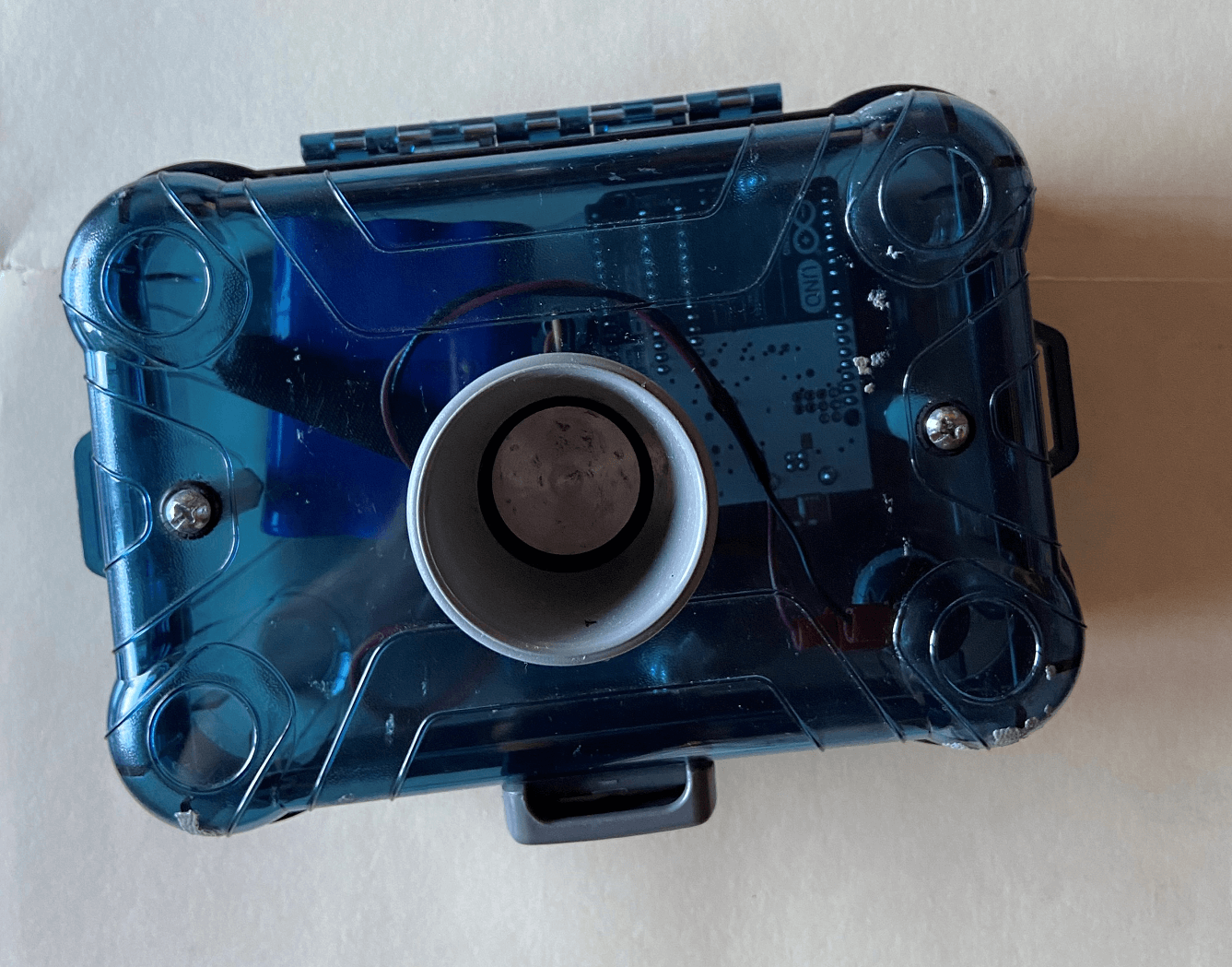Post by Bayley Wilmoth.—This post was made by adapting a poster and abstract that was recently presented to AFS. The authors should receive credit for the study and analysis that was completed. Those authors are as follows: Bayley M. Wilmoth, Michael E. Colvin, Nigel Temple, Eric Sparks, and Corey Dunn.
Hydrological dynamics in streams and lakes are important drivers of physical and biological processes of aquatic systems. Analyzing these changes has historically been time consuming, expensive, and manually demanding. However, recent developments in microcontroller technology and acoustic distance sensors have allowed researchers to cheaply build water level sensors, but the accuracy of water level measurements was uncertain.
We developed a study to evaluate the accuracy and battery life of prototype acoustic water level sensors (AWLS) in comparison to HOBO level loggers. We used an aquaculture tank to simulate the water level dynamics in an aquatic system and assess the accuracy of AWLS (Figure 1). Three AWLS were suspended above the tank. Two HOBO level loggers (Figure 2) were placed in the tank with one logger outside the tank to adjust for atmospheric pressure. Water level was also measured manually. The tank was filled and drained repeatedly at different rates over three days to produce known water level dynamics. AWLS water level measurements were then visually and statistically compared to manual measurements and the HOBO level loggers.

Figure 1. Acoustic Water Level Sensor.

Figure 2. HOBO Water Level Logger.
First, it should be mentioned that because AWLS must be suspended above the water body, they are much harder to lose when large hydrological changes occur. With that being said, it should also be mentioned that because the HOBO level logger must be submerged, it has a lesser chance of being vandalized or stolen. When it comes to accuracy, the difference in device is statistically insignificant. The HOBO level loggers varied from the manual measurements by ~3cm with an r- value equal to 0.90 while the AWLS varied from manual measurements by ~8cm with an r- value equal to 0.92 (Figure 3). However, in terms of battery life, the AWLS fall short with an average life of only 5.5 days. Yet, in terms of cost, the AWLS’s ~$150 construction slays the HBOB level loggers which cost ~$300 a piece and you need at least two in order to adjust for atmospheric pressure.
It’s time to choose your new teammates. Who will you draft?

Figure 3. Depth reading comparison for acoustic water level sensors and HOBO level loggers with manual measurements as control reference.